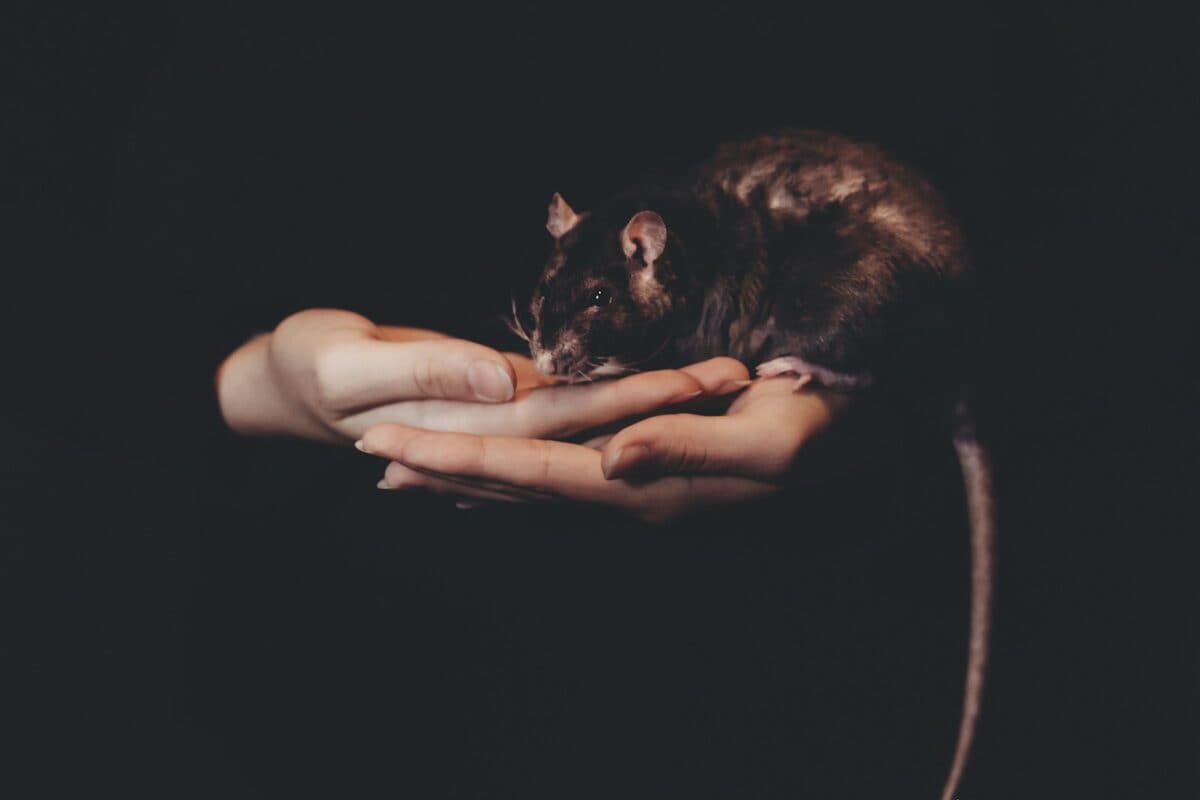The domestication of animals has profoundly shaped human history, allowing societies to thrive and cultures to develop around the world. However, the relationships we’ve established with our animal companions continue to evolve, bringing new species into our homes and hearts. This article explores 12 wild animals that have, over time, become a part of our domesticated world. Whether drawn by their beauty, intelligence, or unique traits, humans have developed deep bonds with these creatures, blurring the lines between the wild and the familiar.
12. Cats
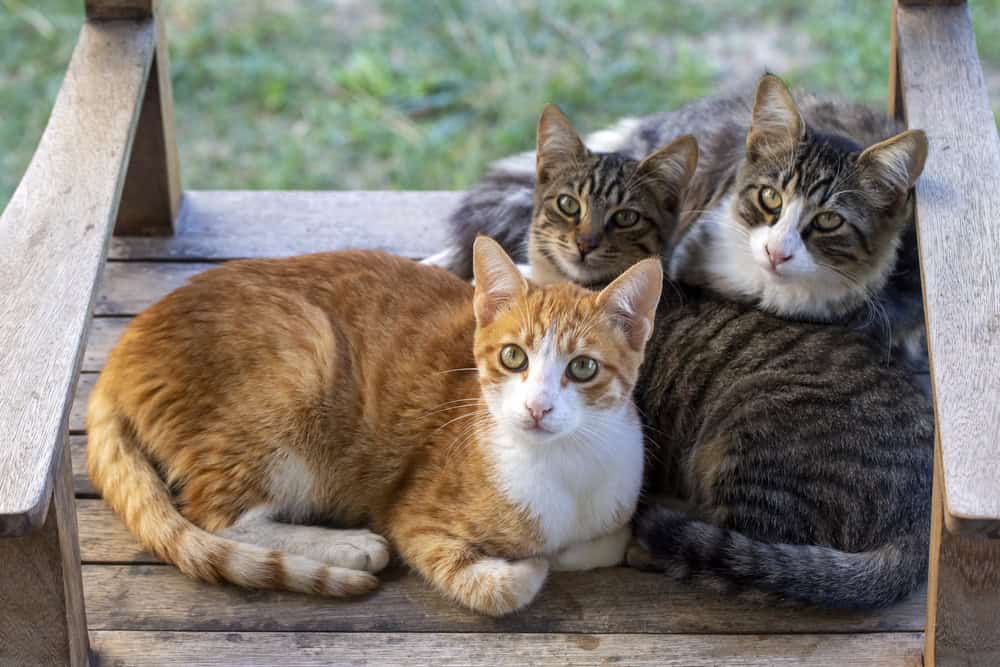
Cats, now one of the most popular pets around the globe, were first domesticated in the Near East around 7500 BCE. Initially esteemed for their hunting prowess, they were valued for keeping grain stores free from vermin. Over time, cats became associated with mythology and religion, particularly in ancient Egypt, where they were revered and often depicted with the goddess Bastet. Today, cats are cherished companions, celebrated for their playful yet independent nature.
11. Dogs

Believed to be the first domesticated animal, dogs have been companions to humans for thousands of years. Descended from wolves, they have undergone selective breeding to fit into various roles, from hunting and herding to companionship. Their loyalty and ability to understand human emotions make them beloved across cultures. Today, over 340 dog breeds exist, each with unique characteristics and roles.
10. Horses

Once roaming wild on the Eurasian steppes, horses were domesticated around 4000 BCE. They revolutionized human society by providing unparalleled transportation, playing key roles in agriculture and warfare. The bond between humans and horses is both practical and personal, with equestrianism now a cherished hobby and sport worldwide.
9. Ferrets
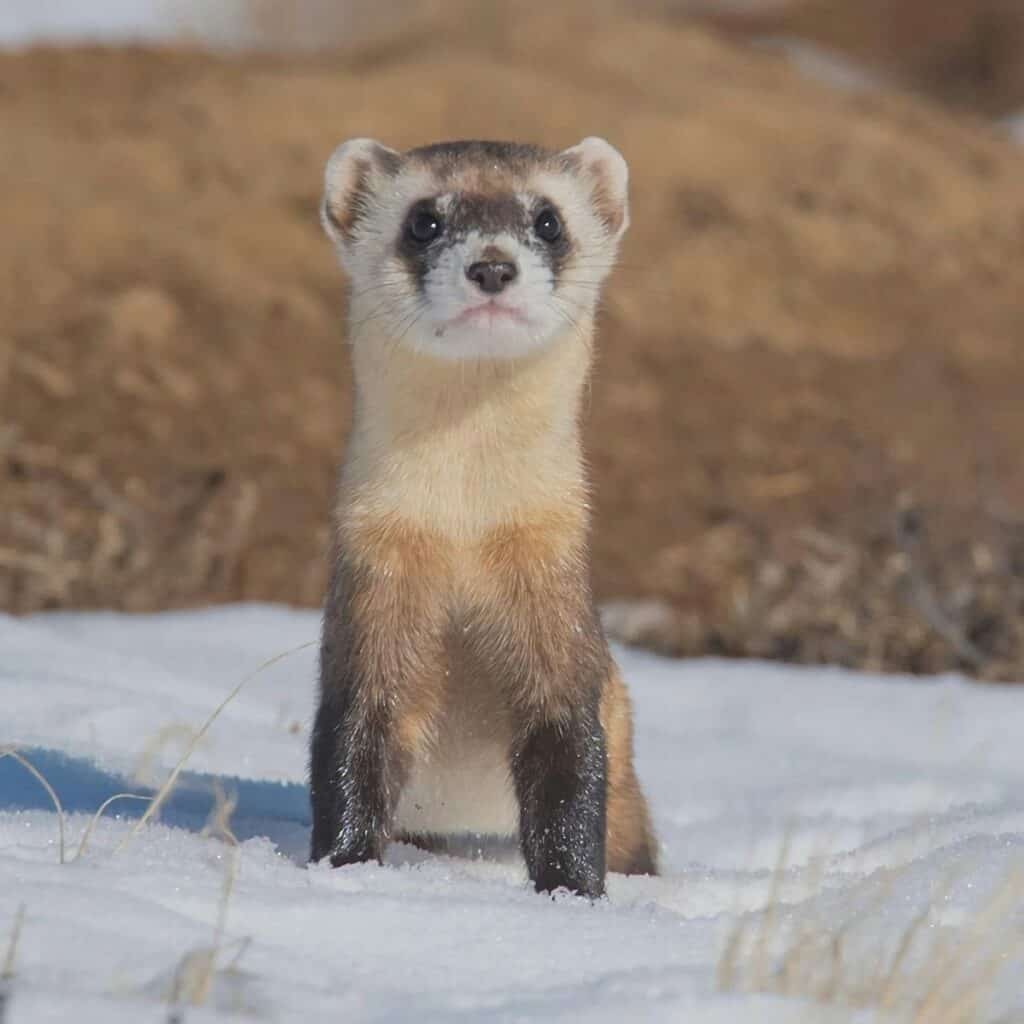
Initially domesticated to hunt rabbits due to their slender, agile build, ferrets have been part of human society for around 2,500 years. Their playful antics and sociable nature have made them popular pets, though they require careful handling and a lot of stimulation to keep them happy and healthy. Today, ferrets are known for their curiosity and energetic lifestyle.
8. Pigeons

Employed for their homing ability, pigeons have a long history of serving humanity as messengers. Domesticated around 3000 BCE, their remarkable navigation skills and loyalty have seen them carry vital messages across enemy lines in wartime. Pigeons also find recognition in the sport of pigeon racing and even in religion as symbols of peace.
7. Guinea Pigs

Native to South America, guinea pigs have been domesticated for thousands of years, initially as a food source. Today, they are treasured pets, beloved for their gentle nature and communicative squeaks. They thrive in social groups, and their low-maintenance care requirements make them ideal companions for families.
6. Hamsters
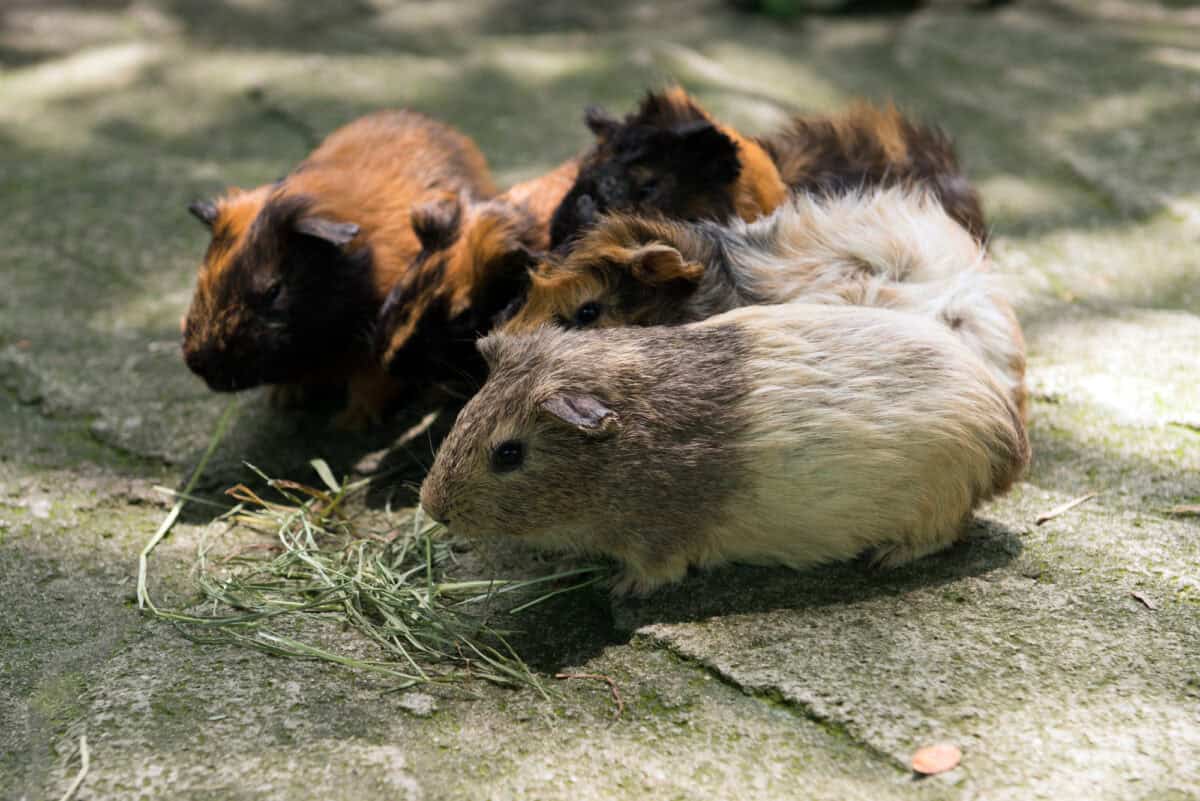
Hamsters became domestic companions in the 1930s and gained popularity due to their small size and easy care. Often kept in cages with wheels and tunnels, these nocturnal animals are known for their cheek-pouch food storage. With charm and a bit of independence, hamsters are popular among children and small-space dwellers.
5. Zebras
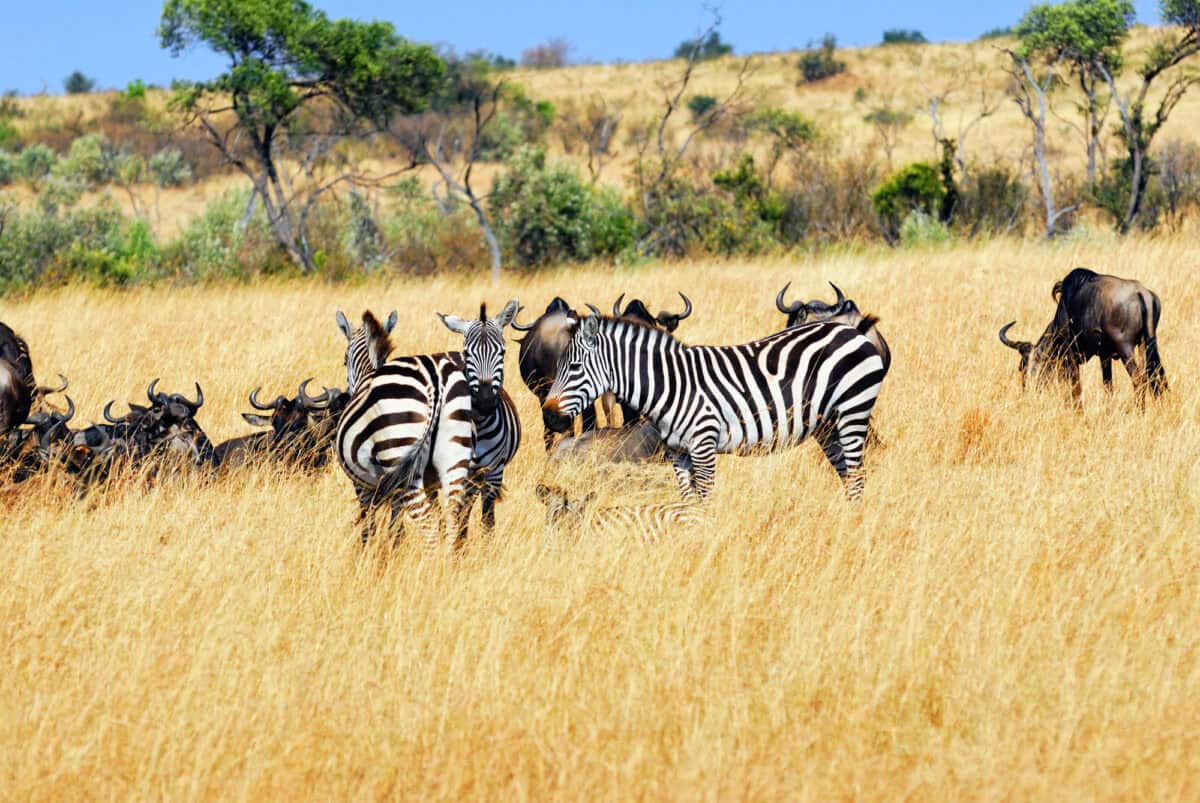
Though not fully domesticated like horses, zebras have piqued human interest due to their striking appearance. There have been numerous attempts to domesticate zebras, largely unsuccessful due to their unpredictable nature. However, crossbreeding with horses and donkeys—producing zorses and zonkeys—has generated interest in the novelty of hybrid animals.
4. Camels
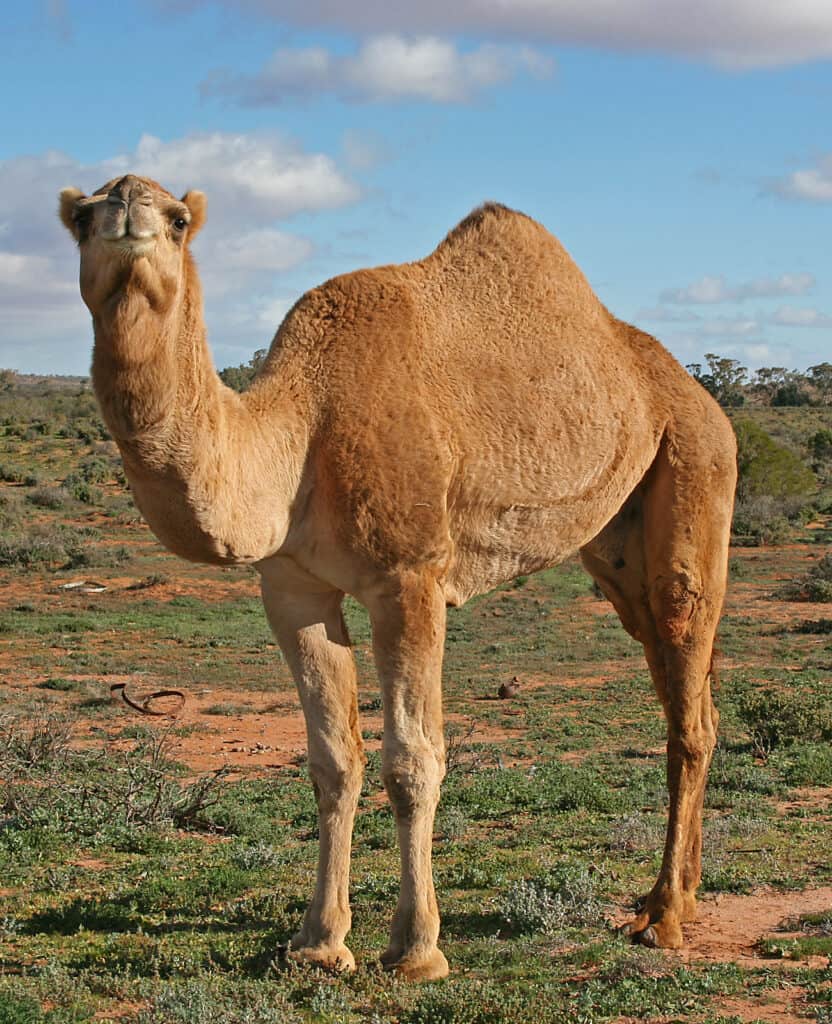
Domesticated thousands of years ago, camels have been invaluable in desert regions for their endurance and ability to carry heavy loads across long distances without water. Their resilience in harsh conditions made them essential in trade and transportation, contributing significantly to the spread of cultures and goods along the Silk Road.
3. Reindeer
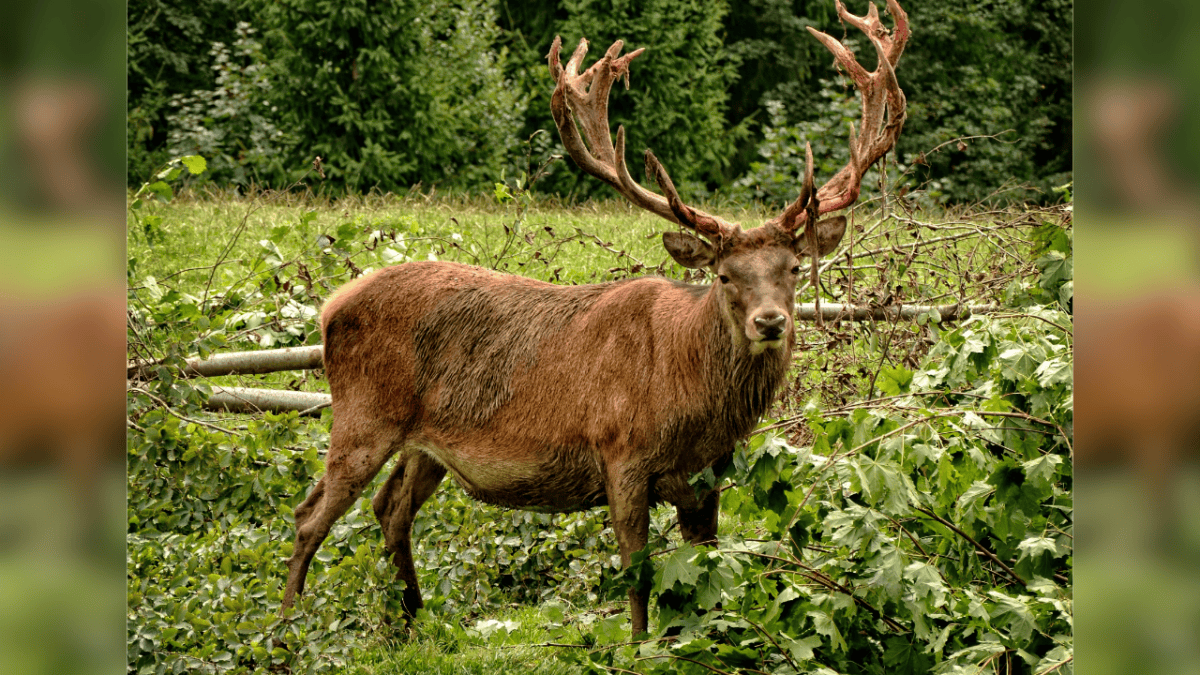
Integral to the livelihoods of indigenous peoples in Arctic regions, reindeer were domesticated more than two thousand years ago. These animals are primarily used for pulling sledges and providing milk and meat. Their cultural significance is profound, often associated with traditional stories and folklore, especially during the holiday season.
2. Foxes

Efforts to domesticate foxes began with a Russian breeding experiment in the 1950s, aimed to study the process of domestication. Over generations, these foxes displayed more dog-like behavior, such as wagging tails and seeking human attention. However, their domesticity is still rare outside experimental contexts.
1. Rats

While often maligned, rats are intelligent animals that have been kept as pets for years. They are easy to train, enjoy social interaction, and display a playful side, making them suitable companions for dedicated rat enthusiasts. Beyond pets, their intelligence has also made them valuable in scientific research, contributing to a wide range of discoveries.
In conclusion, the domestication of wild animals underscores humanity’s enduring relationship with nature and its adaptability. These 12 animals represent a fascinating cross-section of how species have transitioned from the wild to the domestic sphere, offering companionship, utility, and endless fascination. Whether for practical purposes or pure companionship, the human-animal bond remains a testament to our shared future.
- The Largest Bull Moose Ever Spotted in Alaska’s Wilderness - August 13, 2025
- 10 Dog Breeds That Rarely Bark - August 13, 2025
- The Lifespan of a Wild Zebra—and What Threatens It - August 13, 2025

